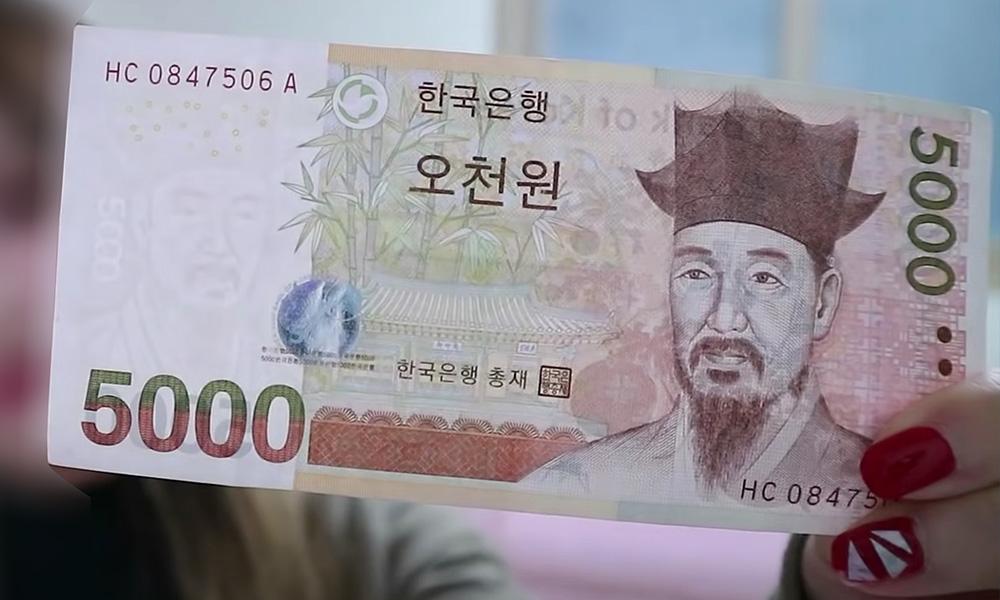Trump shockingly announced: US and South Korea reached a major trade agreement with a 15% tariff! South Korea invested $350 billion in the United States
2025-07-31 10:55:22

Negotiation Background: Game under the Shadow of Tariffs
Since taking office, Trump has repeatedly promised to impose higher import tariffs on several countries, including South Korea, to protect American industries. With the August 1st deadline for the tariffs to take effect approaching, the Trump administration has accelerated negotiations with South Korea. Trump previously threatened to impose tariffs of up to 25% on South Korean goods, putting pressure on South Korea, a top ten trading partner and a key Asian ally of the United States. As a major global exporter of computer chips, automobiles, and steel, any tariff adjustments could have a profound impact on its economy.
Trump announced the agreement on Truth Social after meeting with South Korean officials at the White House, calling it a "comprehensive and complete trade deal." The news quickly captured global attention, not only for the sheer size of the deal but also because it marked another major victory for the Trump administration in trade policy.
Highlights of the agreement: Tariff locks and huge investments
Tariffs reduced to 15%, easing South Korea's export pressure
Under the agreement, the US tariff rate on South Korean imports was ultimately set at 15%, significantly lower than the previously threatened 25%. This rate is not only lower than that of South Korea's major competitors but also provides a more stable export environment for South Korean companies. South Korean President Lee Jae-myung posted on Facebook that the agreement "overcame a significant hurdle" and successfully eliminated uncertainty in the export market.
US Commerce Secretary Howard Lutnick further clarified that the tariff rate on South Korean automobiles will remain fixed at 15%, while exports of semiconductors and pharmaceuticals will not face harsher treatment than those from other countries. Furthermore, US tariffs on steel, aluminum, and copper remain unchanged, providing some breathing space for South Korean industries. However, South Korea also clarified that its rice and beef markets will not be further opened to the US to protect its agricultural interests.
South Korea invests $350 billion in the United States
Another core element of the agreement is South Korea's commitment to invest $350 billion in the United States, to be used for priority projects selected by the Trump administration. According to Kim Yong-beom, director of the South Korean presidential policy office, this substantial investment will focus on supporting shipbuilding, chips, nuclear energy, batteries, and biopharmaceuticals. Of this, $150 billion will be used to deepen US-ROK cooperation in shipbuilding, while the remaining $200 billion will cover high-tech and green energy projects. This funding not only includes new investment plans by South Korean companies but also consolidates existing investment projects, with strict safeguards ensuring the transparency and effectiveness of the funds.
Energy procurement and market opening
In addition to the investment pledge, South Korea also agreed to purchase $100 billion worth of U.S. energy products, including liquefied natural gas, over the next three and a half years. This purchase plan is one of Trump's core demands in the trade negotiations, aimed at enhancing the global competitiveness of the U.S. energy industry. Furthermore, Trump stated that South Korea will fully open its market to U.S. goods, including cars, trucks, and agricultural products, without imposing import tariffs on these products. This move will further expand the market share of U.S. products in South Korea and create new growth opportunities for American companies.
Behind the scenes: Intensive consultations between senior US and South Korean officials
South Korea's negotiating team
The agreement was reached through intensive high-level consultations between the US and South Korea. South Korean Minister of Strategy and Finance Koo Yoon-chul, Minister of Trade, Industry and Energy Kim Jong-gwan, and Trade Minister Yeo Han-koo traveled to Washington, D.C., on the eve of the signing, for multiple rounds of negotiations with senior US officials. They are believed to have met directly with Trump shortly before the agreement was announced, paving the way for finalizing the details.
For newly elected South Korean President Lee Jae-myung, these negotiations represent his first major diplomatic test since taking office. He stated on social media that the agreement not only stabilizes South Korea's export environment but also instills confidence in future cooperation between the two countries. Trump announced that Lee will visit the White House within the next two weeks for their first formal meeting to further solidify bilateral ties.
Positive response from enterprises
In parallel with government negotiations, South Korean companies were also actively taking action. According to Reuters, Samsung Electronics and Tesla signed a $16.5 billion chip procurement agreement, providing critical support for Tesla's electric vehicles and autonomous driving technology. Furthermore, South Korean battery manufacturer LG Energy Solution also reached a $4.3 billion agreement with Tesla to supply lithium iron phosphate (LFP) batteries for Tesla's energy storage systems. These corporate-level collaborations further highlight the deep collaboration between the US and South Korea in the high-tech sector.
Future Outlook: Opportunities and Challenges Coexist
While this agreement presents new opportunities for US-South Korea trade relations, many issues remain unclear. For example, the specific structure, funding sources, and implementation timeline of the $350 billion investment still require further clarification. Furthermore, the binding force of the agreement's terms on both sides and potential risks in its implementation have also sparked concern. Trump stated that further details on South Korean investment in the US will be announced in the future, indicating that the subsequent progress of the agreement warrants close attention.
The Korean won briefly strengthened on the news, rising 0.4% to 1386.80 won per dollar, but then rallied and gave up its gains. The dollar-won exchange rate even hit a new high since May 21 at 1397.28 points, and is currently trading around 1391.80.
- Risk Warning and Disclaimer
- The market involves risk, and trading may not be suitable for all investors. This article is for reference only and does not constitute personal investment advice, nor does it take into account certain users’ specific investment objectives, financial situation, or other needs. Any investment decisions made based on this information are at your own risk.





















